I agree Our site saves small pieces of text information (cookies) on your device in order to deliver better content and for statistical purposes. You can disable the usage of cookies by changing the settings of your browser. By browsing our website without changing the browser settings you grant us permission to store that information on your device.
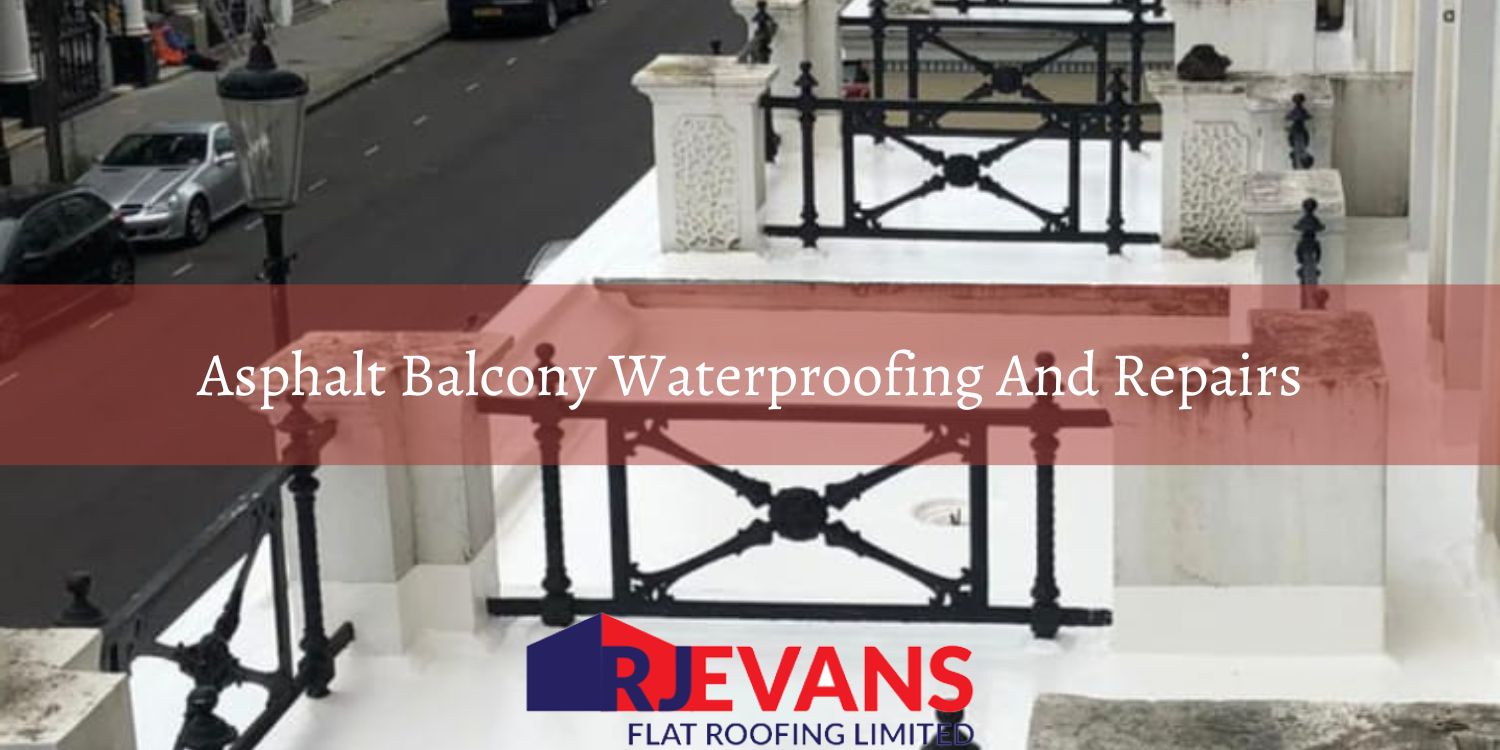
Asphalt balcony waterproofing refers to the process of applying mastic asphalt, a specialised waterproofing material, to the substrate of a balcony or terrace to create a seamless and durable waterproof barrier. This application prevents water from infiltrating the balcony structure. It provides protection from moisture damage, leaks, and deterioration. The mastic asphalt provides a smooth, even surface which is suitable to be left as it is or to have a decorative finish. Mastic asphalt is famous for its excellent waterproofing properties and durability.
Asphalt balcony repair refers to the process of addressing and remedying issues or damage on a balcony's surface which has been waterproofed with mastic asphalt. This repair work involves identifying and addressing cracks, holes, or other forms of deterioration in the asphalt surface. Then restoring its structural integrity and waterproofing function. This process may include cleaning, patching, sealing, and resurfacing damaged areas. The objective is to ensure the balcony remains watertight, safe, and functional. Any balcony waterproofed with mastic asphalt which has shown any signs of deterioration should be repaired as soon as possible to maximise longevity.
At RJ Evans, we offer professional asphalt balcony waterproofing and repair services, ensuring your balcony remains durable and protected from the elements. If you'd like more information or a quote, please get in touch via our contact form or call us now on 01277 375 511. One of our friendly team members will be delighted to assist you.
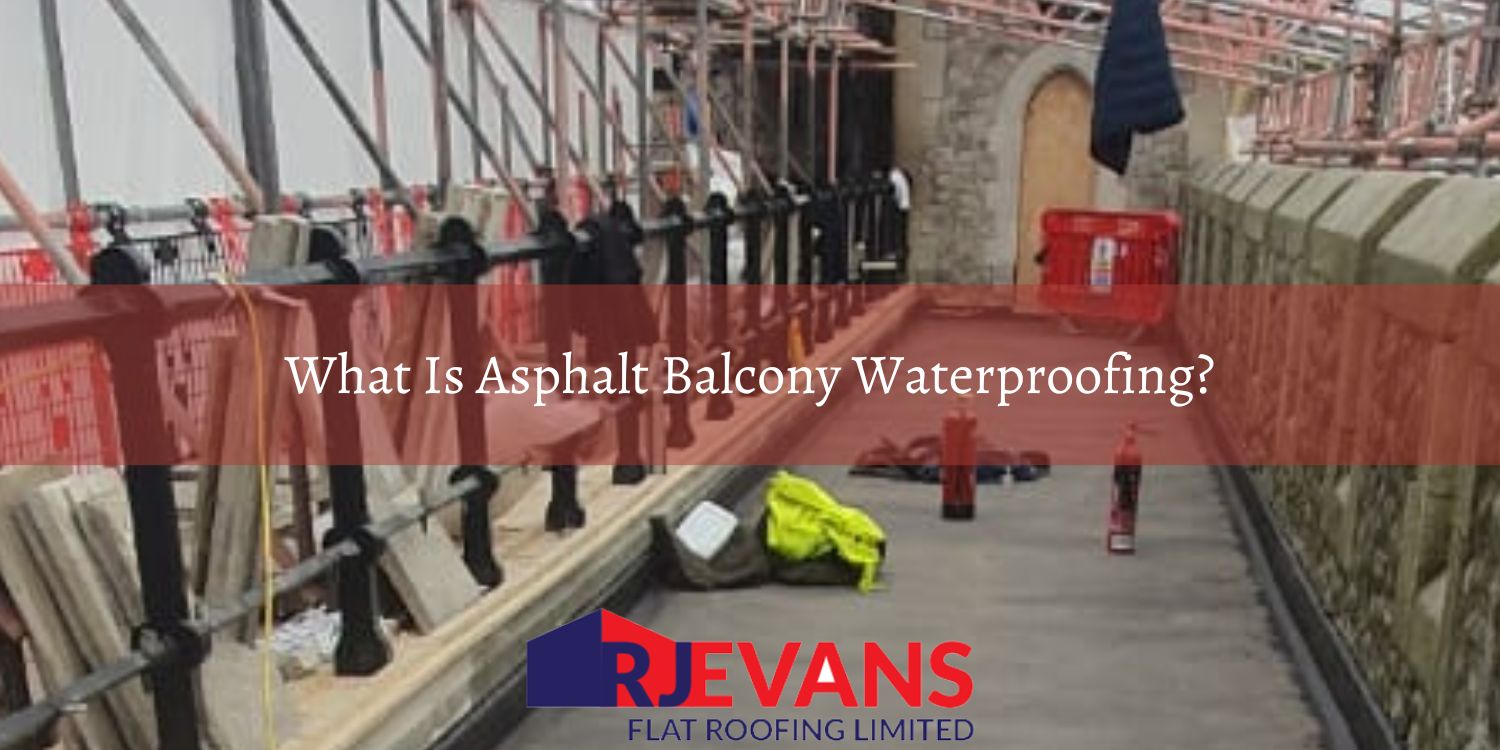
Asphalt balcony waterproofing refers to the process of applying a layer of asphalt-based materials to the surface of a balcony to create a waterproof barrier that prevents water infiltration into the underlying structure. This method is particularly effective for protecting concrete balconies from moisture, which can cause damage such as cracking, spalling, and corrosion of reinforcement bars over time. The waterproofing process typically involves the preparation of the balcony surface, which may include cleaning, repairing any existing damage, and ensuring the surface is level. A primer is often applied to enhance the adhesion of the asphalt material. The asphalt waterproofing layer is then installed, sometimes in combination with reinforcing fabrics or mats to increase its durability and resistance to wear and tear. This layer acts as a continuous, seamless shield against water, effectively sealing cracks and gaps where water might enter. Additionally, asphalt waterproofing provides a durable and wear-resistant surface that can withstand foot traffic and weather extremes, making it a practical solution for extending the lifespan of balcony structures. Proper installation by professionals is crucial to ensure the waterproofing layer functions effectively and lasts for many years, protecting the building from potential water damage.
Mastic asphalt is known in the construction industry as ‘The King of Waterproofing’ due to its excellent waterproofing properties. It is also environmentally friendly being the only carbon zero rated waterproofing system. You can often see mastic asphalt as the material of choice for flat roofs and service decks. But it is also frequently used for balcony waterproofing. In a big city such as London, you can see hundreds of balconies which have been waterproofed in this amazing material.
The reason asphalt is such a popular material for balcony waterproofing is because it is very cost effective. Mastic asphalt manages to be cost effective as it is a long lasting and low maintenance balcony waterproofing material. If there is any repair work needed on your balcony it is simply dealt with by an asphalter who will just cut out and remake the affected area. This ease of repair makes it a waterproofing system capable of lasting more than 50 years with the correct maintenance.
A balcony waterproofed with mastic asphalt can also be tiled over, with promenade tiles being a very popular finish. Another common finish is solar reflective paint, this paint is also commonly used on flat roofing. The solar reflective paint finishes the asphalt in an attractive light grey colour whilst protecting the balcony from UV rays. If exposed to alot UV rays many years can be taken from the life expectancy of the balcony. This is especially problematic of the balcony is southward facing.
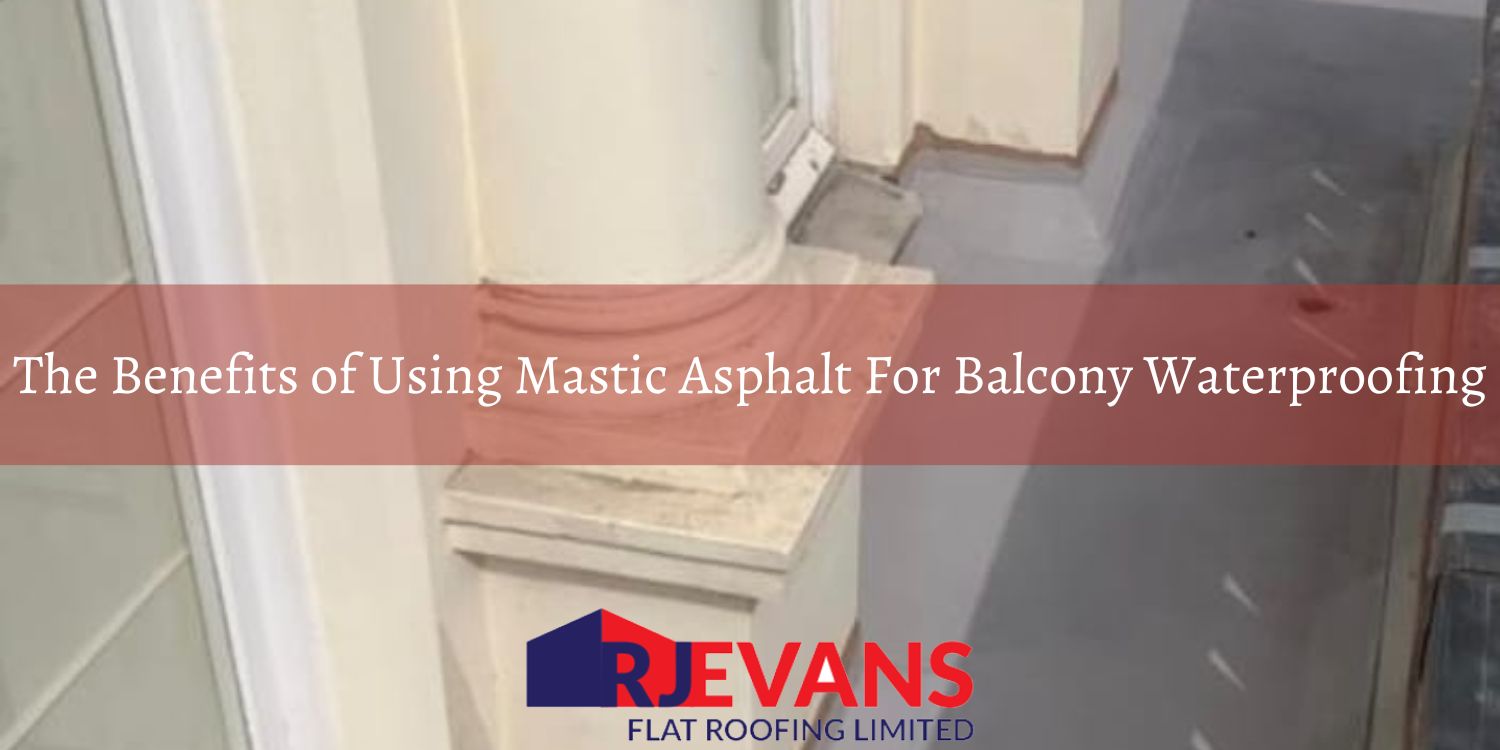
Mastic asphalt stands as a premier choice for balcony waterproofing, renowned for its exceptional durability, waterproofing capabilities, and environmental friendliness. Mastic asphalt, often hailed as “The King of Waterproofing” offers a blend of long-term protection, cost-effectiveness, and aesthetic versatility for any balcony. The following overview highlights the numerous advantages of choosing mastic asphalt for balcony waterproofing, underscoring its significance in enhancing the longevity, functionality, and appearance of outdoor living spaces.
Mastic asphalt's superior waterproofing capabilities ensure that it creates a seamless and impervious barrier against water penetration. This characteristic is crucial for balconies, which are exposed to the elements, as it prevents water from seeping into the building structure, thereby avoiding the potential for moisture-related damage such as concrete spalling and corrosion of reinforcement bars.
As the only carbon zero rated waterproofing system in the construction industry, mastic asphalt stands out for its minimal environmental impact. This rating signifies that its production and application process has a net-zero carbon footprint, making it an ideal choice for projects aiming for sustainability and eco-friendliness.
Mastic asphalt's robust composition ensures a long service life, often exceeding 50 years with proper care and maintenance. This durability is due to its resistance to weathering, temperature fluctuations, and mechanical wear, which are critical for outdoor applications like balconies where exposure to the elements is constant.
The initial investment in mastic asphalt for balcony waterproofing pays off in the long term through its durability and low maintenance needs. Unlike other materials that may require frequent repairs or replacements, mastic asphalt's longevity and ease of repair work make it a financially viable option, offering significant savings over the lifespan of the balcony.
In the event of damage, mastic asphalt can be easily repaired by a skilled asphalter who can cut out the damaged section and seamlessly replace it. This ease of repair minimizes downtime and reduces the cost and complexity associated with maintenance, ensuring the balcony remains in top condition with minimal effort.
Beyond its practical benefits, mastic asphalt allows for aesthetic customisation through various finishing options. Balconies can be enhanced with promenade tiles for a decorative touch or coated with solar reflective paint to achieve an attractive and protective light grey finish. These options offer flexibility in design while ensuring the balcony's surface remains protected and visually appealing.
The application of solar reflective paint over mastic asphalt not only enhances the balcony's appearance but also provides a protective layer against UV radiation. This is particularly beneficial for southward-facing balconies, which are more susceptible to sun damage. The reflective properties of the paint extend the life of the balcony by preventing the asphalt from degrading under intense sunlight.
The widespread use of mastic asphalt for balcony waterproofing in densely populated cities like London demonstrates its reliability and effectiveness across various architectural styles and building types. Its popularity in urban settings is a testament to its versatility, durability, and the trust placed in it by construction professionals and property owners alike.
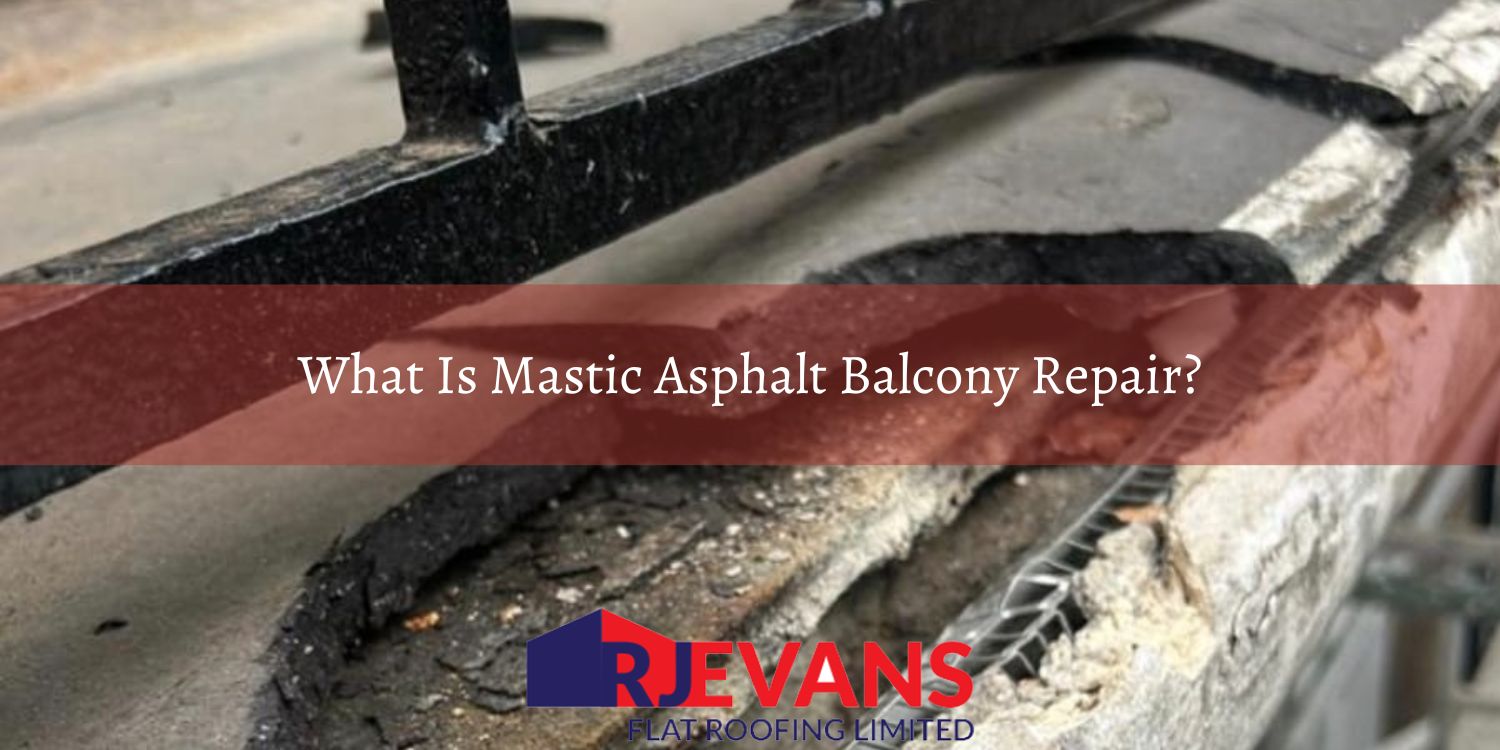
Mastic asphalt balcony repair is a specialised process aimed at restoring the integrity and waterproofing capabilities of balconies that have been damaged or have deteriorated over time. This repair method involves the application of mastic asphalt, a highly durable and waterproof material, to the surface of the balcony to seal cracks, level uneven areas, and create a seamless protective layer. The process typically starts with a thorough assessment of the balcony to identify all areas of concern, followed by surface preparation, which may include cleaning, removing loose materials, and repairing significant structural damage.
Once the surface is prepared, a new layer of mastic asphalt is applied, often by skilled professionals who ensure that the material is evenly spread and fully adheres to the underlying surface. Mastic asphalt not only re-establishes the balcony’s waterproof barrier but also enhances its appearance and usability. Given its excellent adherence properties and flexibility, mastic asphalt can accommodate slight movements of the building without cracking, making it an ideal solution for balcony repair. Additionally, this type of repair can extend the lifespan of the balcony, prevent future water ingress, and protect the building’s structure from further damage. The effectiveness of mastic asphalt in balcony repair lies in its ability to provide a durable, long-lasting, and aesthetically pleasing surface that withstands the rigours of weather and usage.
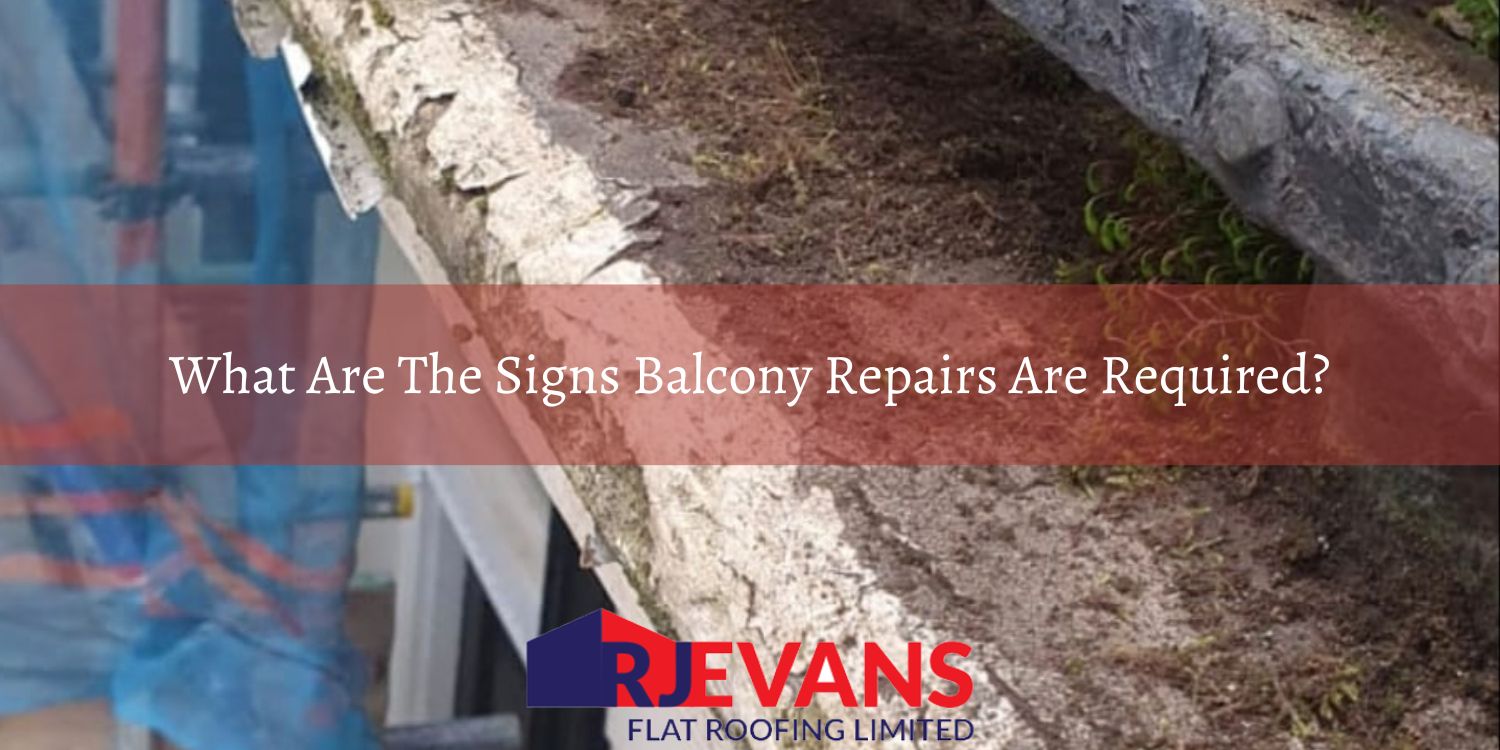
A well-maintained balcony not only adds value and aesthetic appeal to your property but also provides a safe, outdoor space for relaxation and entertainment. However, the waterproofing integrity of your balcony is crucial in preserving its condition and functionality. Failure in the waterproofing system can lead to significant damage, necessitating costly repairs. Recognising the early signs of such failures can be instrumental in taking timely action to mitigate further damage and ensure the safety and longevity of your balcony. Here are the key indicators of balcony waterproofing failure:
A leaking balcony clearly signals a failure in the waterproofing barrier, most noticeable after rain when water finds its way through cracks and gaps, compromising the structure below. This issue goes beyond structural damage; it creates an environment conducive to mould and mildew growth, posing health risks and potentially ruining interior finishes and furnishings. The persistent dampness can weaken the concrete or wood, accelerating the degradation process and necessitating urgent repairs to prevent further damage.
Water that remains on a balcony surface well after a rainfall event is a telltale sign of inadequate drainage or compromised waterproofing. Such standing water indicates that the designed slopes or drainage systems are not functioning correctly, possibly blocked or insufficient, leading to water accumulation. This stagnation not only poses a slip hazard but also serves as a catalyst for further waterproofing breaches, progressively damaging the balcony structure and encouraging the development of efflorescence and algae.
Visible splits and cracks on a balcony act as direct channels for moisture entry, undermining the integrity of the waterproof membrane. Continuous exposure to water through these breaches not only facilitates the ingress of moisture into the structural and interior spaces but also weakens the balcony's overall structural integrity by eroding the construction materials, potentially leading to significant repair needs.
The presence of moss and lichen on the balcony surface signals constant moisture presence and insufficient waterproofing. These organisms deteriorate the balcony's surface over time, allowing more moisture to penetrate and further compromise the structure. Their growth can etch into surfaces, making them slippery and unsafe while accelerating the wear and tear on the waterproofing layer.
Blows, or blistering, on the balcony surface are indicative of trapped moisture or air beneath the waterproofing membrane, a definite sign of membrane failure. The trapped moisture not only signals existing leaks but also foretells the rapid deterioration of the structure beneath, as the expanding moisture can cause delamination and further separation of the waterproofing layers from the substrate.
When asphalt begins to pull away from coping stones, it highlights a failure in the adhesive bond integral to the waterproofing system. This detachment forms gaps that allow water to penetrate the balcony's edges, undermining the comprehensive seal intended to keep water out and compromising the structural integrity of the balcony edge and the building façade.
A discoloured, worn-out appearance on the balcony's surface often points to the aging and deterioration of the waterproofing material. Beyond aesthetics, this signals a weakening in the material's ability to repel water, making the balcony susceptible to leaks and water damage, and indicating the need for reapplication or repair of the waterproofing system.
Slumping or an uneven surface on the balcony suggests underlying structural or material degradation, exacerbated by failed waterproofing. This unevenness disrupts proper drainage, pooling water in low areas, and placing additional stress on the already compromised waterproofing system, further endangering the balcony's structural components.
Addressing these signs of waterproofing failure with a thorough assessment and professional repair is crucial for maintaining the safety, functionality, and longevity of the balcony. Delaying repairs can lead to more extensive and expensive damage, highlighting the importance of regular inspections and maintenance to safeguard the integrity of outdoor living spaces.
At RJ Evans we have our own Asphalt Mixer this means a flame free laying of the mastic asphalt. Better consistency in the asphalt mixture meaning a more efficient installation process with a better overall finish.
• Vastly experienced asphalt team. We have operatives with more than 40 years’ experience.
• We provide a range of FREE quotations and solutions for all projects.
• Insurance Backed Guarantees.
• Excellent Customer Support throughout project.
• Rated 5 out of 5 from our previous customers.
If you need a quote or further details about our asphalt balcony waterproofing and repair services, we’re here to help. Simply fill out our contact form or give us a call on 01277 375 511, and one of our knowledgeable team members will be happy to assist you. Don’t hesitate to reach out, we’re ready to help.
.